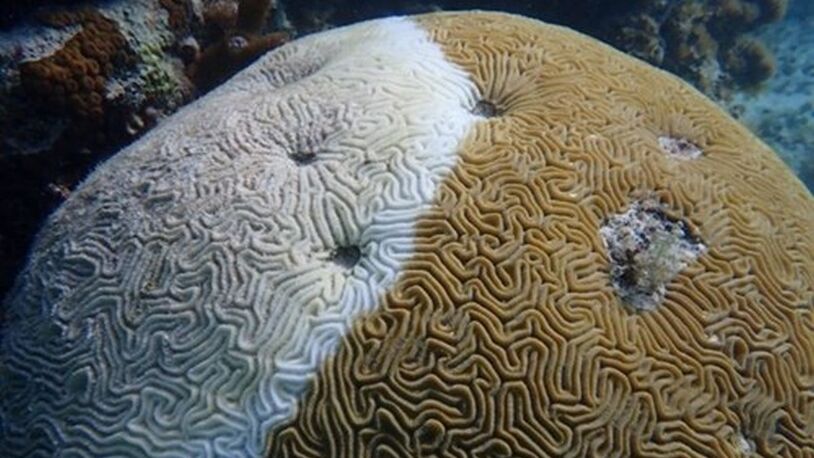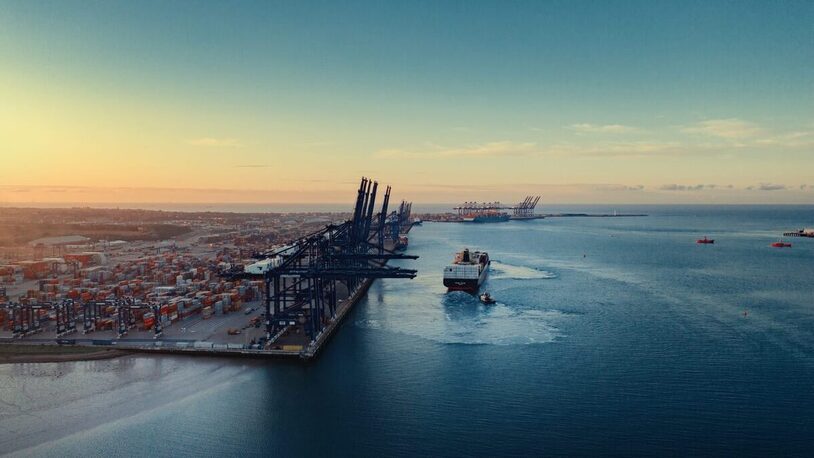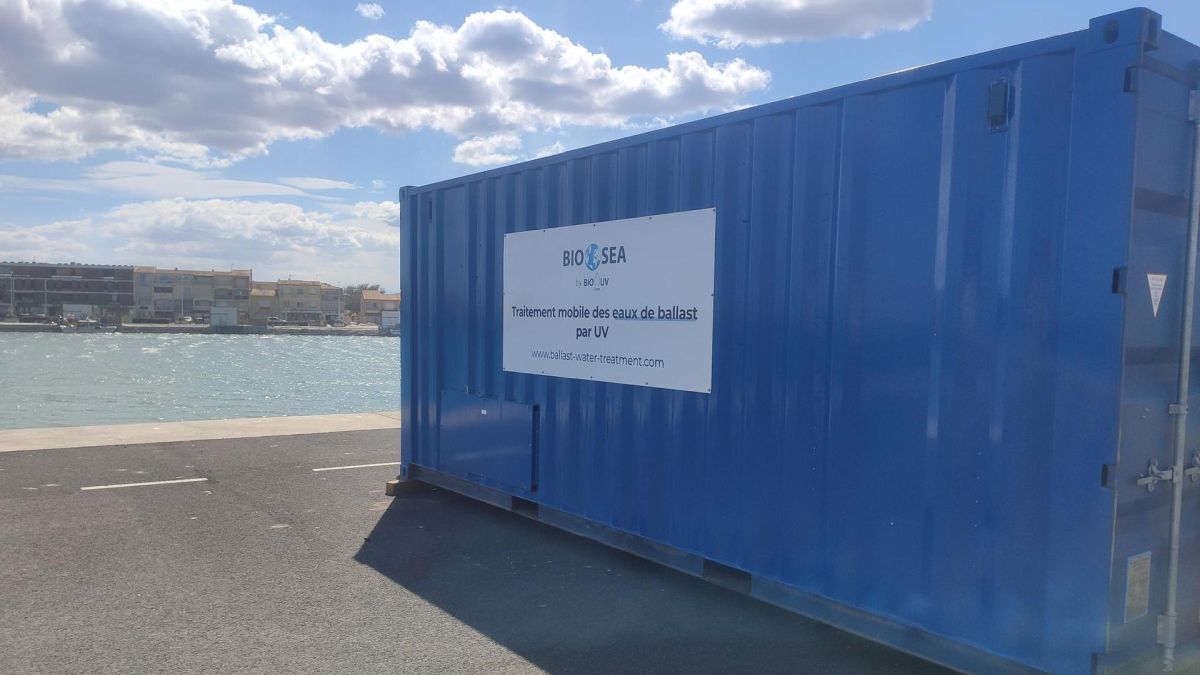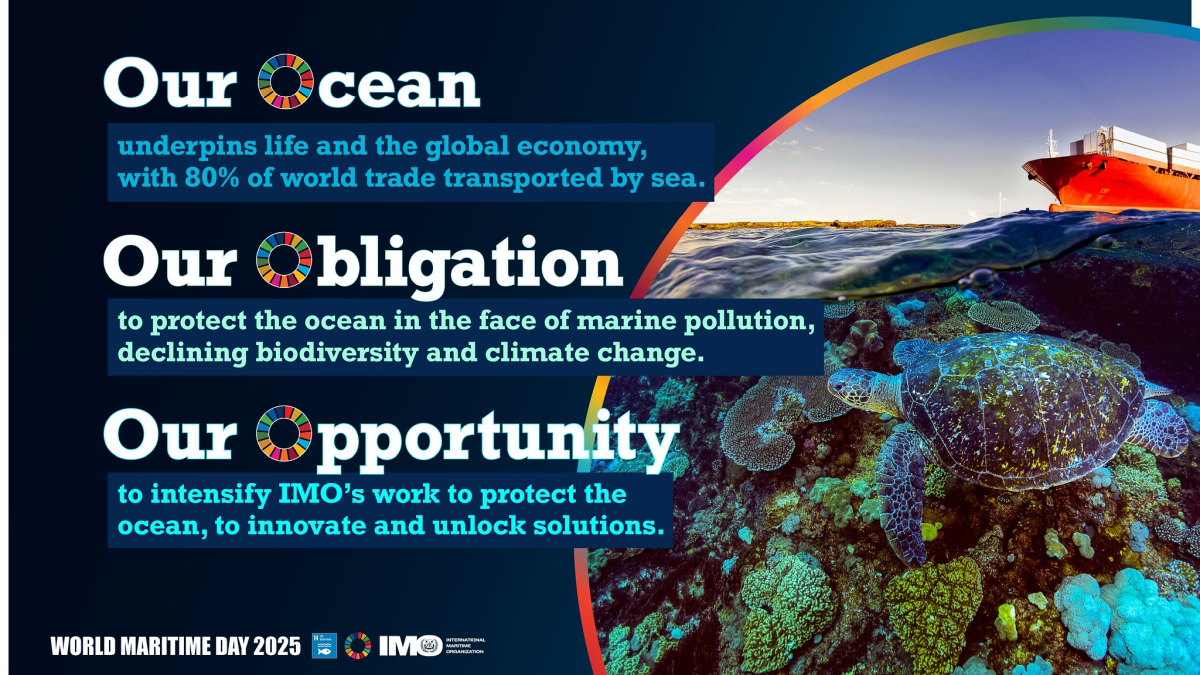Business Sectors
Contents
Register to read more articles.
US Coast Guard scrutiny deepens on ballast water
USCG flags chemical risks and coral disease in latest ballast water management updates
The United States Coast Guard (USCG) is reviewing ballast water management practices with renewed urgency, warning of the use of unapproved chemicals and the role of ballast operations in spreading a highly destructive coral disease.
A recent bulletin published by the USCG’s Office of Operating and Environmental Standards stated unauthorised chemicals have been introduced into ballast water management systems.
“These additives are not tested, approved or monitored by the Coast Guard or the US Environmental Protection Agency,” the service said. “There is no publicly available data on their composition, concentration, breakdown products or toxicity.”
The concern centres on systems approved for use under the US type-approval programme, some of which appear to be employing chemical treatments outside their certified specifications.
The bulletin goes on to warn that adding unauthorised chemicals may damage system components, undermine compliance or threaten vessel safety. “The use of these products could result in system failure, inability to meet ballast water discharge standards, or harm to the marine environment.”
The USCG has urged vessel operators to confirm any chemical additives are approved and part of their system’s official treatment method.
Attention has also turned to the ecological risks posed by ballast water. A separate article, co-authored by representatives from the National Oceanic and Atmospheric Administration, highlights the link between shipborne ballast water and the spread of stony coral tissue loss disease (SCTLD), a fast-acting disease affecting more than 20 species of hard coral.
According to NOAA scientists, the disease “can be transferred in untreated ballast water and in seawater on ship hulls or gear.”
The transmission of SCTLD is described as waterborne and highly transmissible.
The Florida Sea Grant programme, in collaboration with NOAA and academic researchers, has created educational material for mariners. The guidance encourages seafarers to avoid dropping anchor in coral habitats, to clean gear before redeployment and report sightings of diseased coral.
“While we do not yet fully understand the source of SCTLD,” the USCG noted, “we are collaborating with other federal agencies to develop a risk mitigation strategy.”
Research is ongoing into the disease’s origins and spread, but in the meantime, the authorities are urging a cautious and preventative approach.
The Coast Guard’s sharpened focus on ballast water systems reflects a broader concern about both compliance and ecological stewardship.
“Owners and operators must be aware of their system’s type-approval requirements and limitations,” the service reiterated, with an emphasis on proper training and recordkeeping.
Sign up for Riviera’s series of technical and operational webinars and conferences:
- Register to attend by visiting our events page.
- Watch recordings from all of our webinars in the webinar library.
Related to this Story
Events
Maritime Decarbonisation, Europe: Conference, Awards & Exhibition 2025
Offshore Support Journal Conference, Americas 2025
LNG Shipping & Terminals Conference 2025
© 2024 Riviera Maritime Media Ltd.














